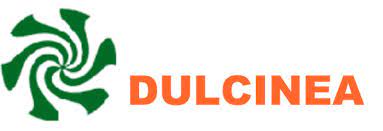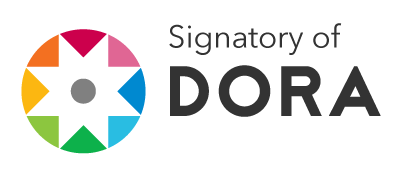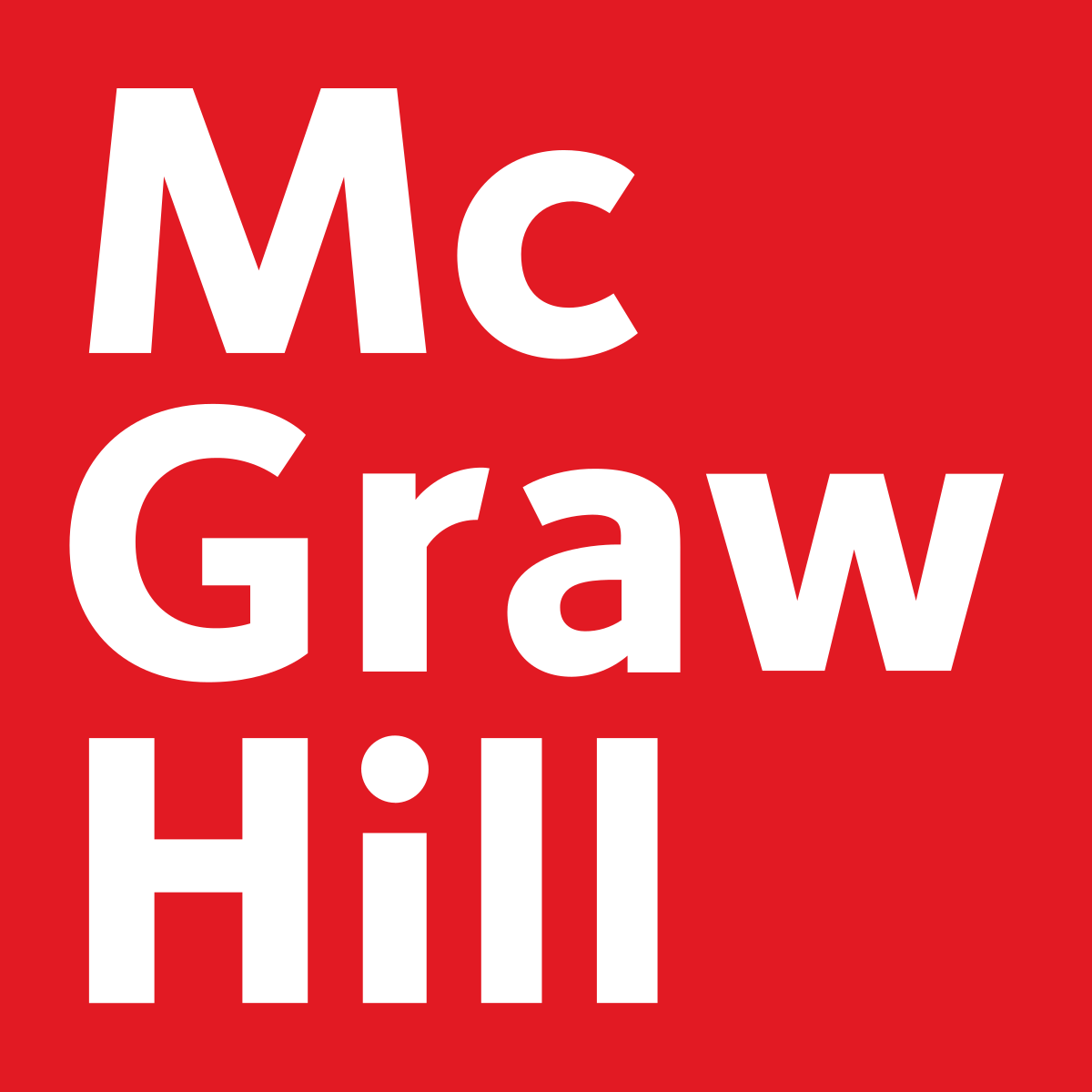Reimagining the Teaching Profession with Faculty Members Who Promote Inclusion
Recommendations for Action
DOI:
https://doi.org/10.62701/revedu.v13.5444Keywords:
Recommendations, Higher Education, Faculty member, Inclusive pedagogy, Inclusive education, Qualitative research, SpainAbstract
This article explores the practical recommendations that 25 faculty members from the University of Seville who develop an inclusive pedagogy provide for other professionals to become inclusive. It is a multi-case study that is developed through a semi-structured interview script with open-ended questions. The data were analysed using an inductive category and coding system. The results revealed five recommendations: 1) recognise diversity as an opportunity, 2) have a deep moral and ethical commitment, 3) create a safe, stimulating, democratic and mutually supportive learning environment, 4) train, research and innovate without limits by being self-taught and in cooperation, and 5) reflect endlessly on one's teaching roleand practice. In conclusion, being an inclusive faculty member is a complex task, but it can be achieved through a strong ethical, reflective andprofessional self-commitment
Downloads
Global Statistics ℹ️
|
388
Views
|
145
Downloads
|
|
533
Total
|
|
References
Agencia Europea para las Necesidades Educativas Especiales y la Inclusión Educativa (2012). Perfil profesional del docente en la educación inclusiva. https://cutt.ly/OVMN8o9
Aguirre, A., Carballo, R., & Lopez-Gavira, R. (2021). Improving the academic experience of students with disabilities in higher education: faculty members of Social Sciences and Law speak out. Innovation: The European Journal of Social Science Research, 34(3), 305-320. https://doi.org/10.1080/13511610.2020.1828047
Bain, K. (2004). What the best college teachers do. Harvard University Press.
Brookfield, S. D. (2017). Becoming a Critically Reflective Teacher. Jossey-Bass.
Brown, S., & Glasner, A. (2003). Evaluar en la universidad. Problemas y nuevos enfoques. Narcea.
Calatayud, A. (2019). Orquestar la Evaluación Inclusiva en los Centros Educativos.¿ Por dónde Empezar?. Revista Internacional de Educación para la Justicia Social, 8(2), 165-176. https://doi.org/10.15366/riejs2019.8.2.009
Carballo, R., & Cotán, A. (2024). Inclusive Pedagogy at University: Faculty Members’ Motivations. Sustainability, 16(11), 4588. https://doi.org/10.3390/su16114588
CAST (2024). Universal Design for Learning Guidelines version 3.0. https://udlguidelines.cast.org
Cotán, A. (2022). Pedagogía inclusiva en educación superior: ¿Cómo y cuándo evalúa el profesorado? Revista mexicana de investigación educativa, 27(94), 803-828. https://www.scielo.org.mx/pdf/rmie/v27n94/1405-6666-rmie-27-94-803.pdf
Day, C., & Gu, Q. (2014). Response to Margolis, Hodge and Alexandrou: misrepresentations of teacher resilience and hope. Journal of Education for Teaching, 40(4), 409-412. https://doi.org/10.1080/02607476.2014.948707
Doménech, A., Orozco, I., & Lopez-Gavira, R. (2023). Recommendations about inclusive pedagogy for Spanish faculty members in the area of Social and Legal Sciences. International Journal of Educational Research, 117, 102116. https://doi.org/10.1016/j.ijer.2022.102116
Doughty, H., & Allan, J. (2008). Social Capital and the Evaluation of Inclusiveness in Scottish Further Education Colleges. Journal of Further and Higher Education, 32(3), 275-284. https://doi.org/10.1080/03098770802220454
Finkel, D. (2008). Dar clase con la boca cerrada. Universitat de Valencia. Servei de Publicacions.
Florian, L. (2014). What counts as evidence of inclusive education? European Journal of Special Needs Education, 29(3), 286-295. http://dx.doi.org/10.1080/08856257.2014.933551
Flyvbjerg, B. (2006). Five misunderstandings about case-study research. Qualitative Inquiry, 12(2), 219-245. https://doi.org/10.1177/1077800405284363
Fuller, M., Bradley, A., & Healey, M. (2004). Incorporating disabled students within an inclusive higher education environment. Disability & Society, 19(5), 455-468. https://doi.org/10.1080/0968759042000235307
Gairín, J., & Suárez, C.I. (2014). Clarifying and Identifying Vulnerable Groups. En J. Gairín (Ed.). Vulnerable Collectives in the University. Reflections and Proposals for Intervention (pp.35-61). Wolters Kluwer.
Gale, T., Mills, C., & Cross, R. (2017). Socially Inclusive Teaching: Belief, Design, Action as Pedagogic Work. Journal of Teacher Education, 68(3), 345-356. https://doi.org/10.1177/0022487116685754
Giddens, A. (2014). Sociology (7th ed.). Polity Press.
Giroux, H. A. (2011). On critical pedagogy. Continuum.
Kemmis, S., & McTaggart, R. (2005). Participatory Action Research: Communicative Action and the Public Sphere. En N. K. Denzin & Y. S. Lincoln (Eds.), The SAGE Handbook of Qualitative Research (pp. 559-603). SAGE.
Korsgaard, M., Larsen, V., & Wiberg, M. (2018). Thinking and researching inclusive education without a banister-visiting, listening and tact as a foundation for collective research on inclusive education. International Journal of Inclusive Education, 24(5), 496-512, https://doi.org/10.1080/13603116.2018.1469680
Lorenzo-Lledó, A., Gonzalo Lorenzo, G., Lledó, A., & Pérez-Vázquez, E. (2020). Inclusive methodologies from the teaching perspective for improving performance in university students with disabilities. Journal of Technology and Science Education, 10(1), 127-141. https://doi.org/10.3926/jotse.887
Marcelo, C., & Vaillant, D. (2010). Desarrollo profesional docente: ¿Cómo se aprende a enseñar? Narcea.
Meyer, A., Rose, D. H., & Gordon, D. (2014). Universal Design for Learning: Theory and Practice. CAST Professional Publishing.
Miles, M., & Huberman, A. (1994). Qualitative Data Analysis. Sage Publications.
Moliner, O., Arnaiz, P., & Sanahuja, A. (2020). Rompiendo la brecha entre teoría y práctica: ¿Qué estrategias utiliza el profesorado universitario para movilizar el conocimiento sobre educación inclusiva? Educación XX1, 23(1), 173-195. https://doi.org/10.5944/educXX1.23753
Moriña, A. (2017). Inclusive education in higher education: challenges and opportunities. European Journal of Special Needs Education, 32(1), 3-17. https://doi.org/10.1080/08856257.2016.1254964
Moriña, A., & Biagiotti, G. (2022). Academic success factors in university students with disabilities: a systematic review. European Journal of Special Needs Education, 37(5), 729-746. https://doi.org/10.1080/08856257.2021.1940007
Moriña, A., & Carballo, R. (2018). Profesorado universitario y educación inclusiva: respondiendo a sus necesidades de formación. Psicología escolar e educacional, 22, 87-95. https://doi.org/10.1590/2175-35392018053
Moriña, A., & Orozco, I. (2022). Estrategias de aprendizaje inclusivo en la universidad: la perspectiva del profesorado español de distintas áreas de conocimiento. Cultura y Educación, 34(2), 231-265. https://doi.org/10.1080/11356405.2022.2031786
Moriña, A., Carballo, R., & Doménech, A. (2025). Transforming higher education: a systematic review of faculty training in UDL and its benefits. Teaching in Higher Education, 1-18. https://doi.org/10.1080/13562517.2025.2465994
Moriña, A., Cortes-Vega, M. D., & Molina, V. M. (2015). What if we could imagine the ideal faculty? Proposals for improvement by university students with disabilities. Teaching and Teacher Education,52,91-98. https://doi.org10.1016/J.tate.2015.09.008
Moriña, A., & Orozco, I. (2023). Facilitadores para la Inclusión: Claves para el Éxito Universitario. Revista Iberoamericana De Evaluación Educativa, 16(1), 31-45. https://doi.org/10.15366/riee2022.16.1.002
Pérez-Castejón, D., & Vigo-Arrazola, M. B. (2024). Investigating the education of preservice teachers for inclusive education: meta-ethnography. European Journal of Teacher Education, 47(1), 178-195. https://doi.org/10.1080/02619768.2021.2019702
Prowse, S. (2009). Institutional construction of disabled students. Journal of Higher Education Policy and Management, 31(1), 89-96. https://doi.org/10.1080/13600800802559302
Rolls, N., Northedge, A., & Chambers, E. (2018). Successful University Teaching in Times of Diversity. Macmillan.
Rouse, M. (2008). Developing Inclusive Practice: A role for teachers and teacher education? Education in the North, 16(1), 1-20. https://doi.org/10.26203/j15x-ym95
Sánchez, S., Díez Villoria, E., & Martín, R. Á. (2016). El diseño universal como medio para atender a la diversidad en el aula. Contextos Educativos, 19, 121-131. https://hdl.handle.net/11162/218904
Sandoval, M., Morgado, B., & Doménech, A. (2020). University students with disabilities in Spain: faculty beliefs, practices and support in providing reasonable adjustments. Disability & Society, 36(5), 730-749. https://doi.org/10.1080/09687599.2020.1751078
Schön, D. A. (1983). The Reflective Practitioner: How Professionals Think in Action. Basic Books.
Seale, J. (2023). It’s not all doom and gloom: What the pandemic has taught us about digitally inclusive practices that support people with learning disabilities to access and use technologies. British Journal of Learning Disabilities, 51(2), 218-228. https://doi.org/10.1111/bld.12497
Seale, J., Colwell, C., Coughlan, T., Heiman, T., Kaspi-Tsahor, D., & Olenik-Shemesh, D. (2021). ‘Dreaming in colour’: disabled higher education students’ perspectives on improving design practices that would enable them to benefit from their use of technologies. Education and Information Technologies, 26(2), 1687-1719 https://doi.org/10.1007/s10639-020-10329-7
Simons, H. (2009). Case study research in practice. SAGE Publications.
Stake, R.E. (2006). Multiple case study analysis. The Guilford Press.
Tracey, D., Barker, K., Valuka, P., Baambu, W., Gene, K., Moko, E., Robert, S., Robin, G., Sowi, C., Wanis, J., Wine, D., Nelson, G., & Arifeae, P. (2024). Furthering inclusive education in Papua New Guinea through teacher training: reflections on challenges and transformations. International Journal of Inclusive Education, 28(5), 525-542. https://doi.org/10.1080/13603116.2021.1941321
Tremblay-Wragg, É., Raby, C., Ménard, L., & Plante, I. (2019). The use of diversified teaching strategies by four university teachers: what contribution to their students’ learning motivation? Teaching in Higher Education, 26(1), 97-114. https://doi.org/10.1080/13562517.2019.1636221
Downloads
Published
How to Cite
Issue
Section
License
Copyright (c) 2025 Authors retain copyright and transfer to the journal the right of first publication and publishing rights

This work is licensed under a Creative Commons Attribution-NoDerivatives 4.0 International License.
Those authors who publish in this journal accept the following terms:
-
Authors retain copyright.
-
Authors transfer to the journal the right of first publication. The journal also owns the publishing rights.
-
All published contents are governed by an Attribution-NoDerivatives 4.0 International License.
Access the informative version and legal text of the license. By virtue of this, third parties are allowed to use what is published as long as they mention the authorship of the work and the first publication in this journal. If you transform the material, you may not distribute the modified work. -
Authors may make other independent and additional contractual arrangements for non-exclusive distribution of the version of the article published in this journal (e.g., inclusion in an institutional repository or publication in a book) as long as they clearly indicate that the work was first published in this journal.
- Authors are allowed and recommended to publish their work on the Internet (for example on institutional and personal websites), following the publication of, and referencing the journal, as this could lead to constructive exchanges and a more extensive and quick circulation of published works (see The Effect of Open Access).













